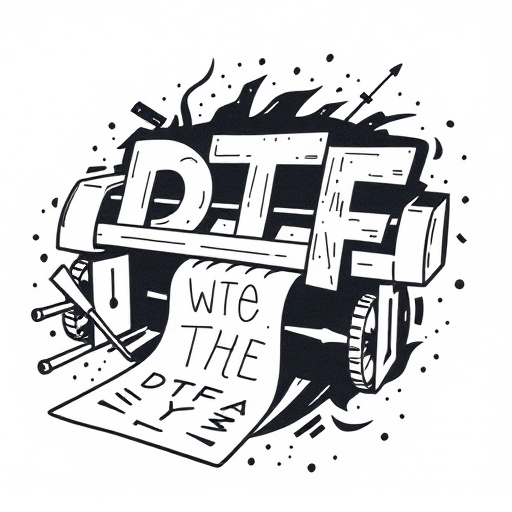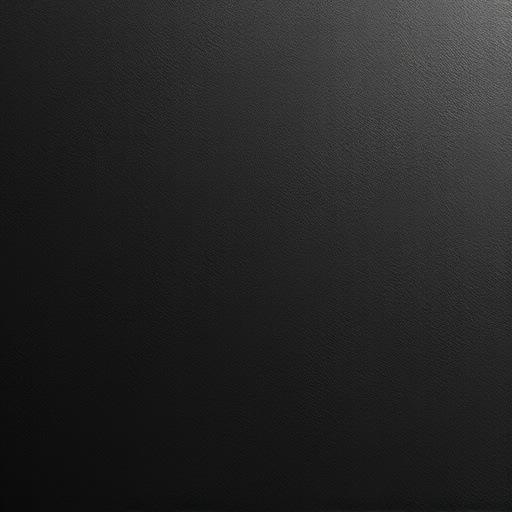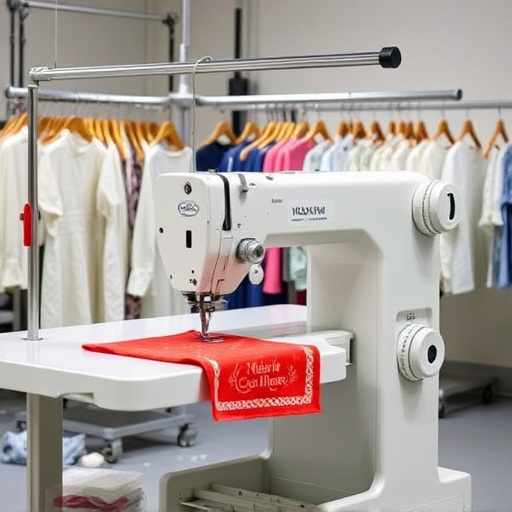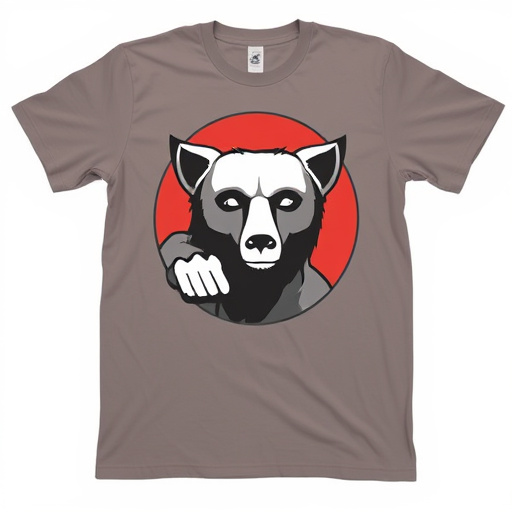The global shift towards sustainability is driving DTF (Direct to Fabric) technologies as eco-friendly alternatives to traditional printing methods, reducing chemical and waste usage while aligning with the circular economy. Cold peel dtf transfers and heat press methods streamline production, cut energy use, and minimize resource wastage. As consumer eco-consciousness grows, businesses adopting DTF Future Trends integrate greener solutions, embrace a Circular Economy, reduce overproduction and inventory waste, gaining a competitive advantage in the market for sustainable products.
“Uncover the future of sustainability as we explore the captivating journey of eco-innovation in the upcoming DTF trends. The global shift towards a greener economy is undeniable, and this article delves into the transformative power of ‘The Shifting Landscape of Eco-Innovation: Unveiling the DTF Impact’. We analyze key trends shaping sustainable development worldwide, with a focus on business strategies to foster a circular economy. Get ready to navigate the exciting path ahead, where eco-conscious choices drive progress.”
- The Shifting Landscape of Eco-Innovation: Unveiling the DTF Impact
- Key Trends Driving Sustainable Development: A Global Perspective
- Fostering a Circular Economy: Strategies for Businesses to Lead the Charge
The Shifting Landscape of Eco-Innovation: Unveiling the DTF Impact
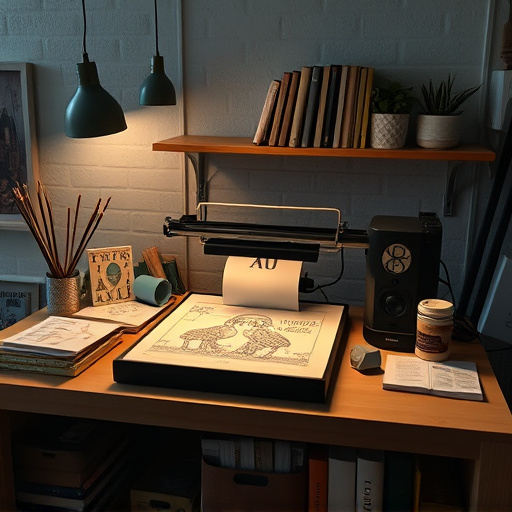
The landscape of eco-innovation is undergoing a significant transformation, driven by an increasingly conscious global community and the urgent need to combat climate change. As we peer into the future, trends paint a compelling picture where sustainability is no longer a peripheral consideration but a central pillar of development across industries. This shift is particularly evident in the focus on DTF (Direct to Fabric) technologies and their potential to revolutionize printing methods while minimizing environmental impact.
In this evolving paradigm, cold peel dtf transfers and heat press techniques are gaining traction as eco-friendly alternatives to traditional printing processes. These innovative approaches reduce the use of harmful chemicals and minimize waste generation, aligning with the global push for a circular economy. As DTF Future Trends unfold, businesses and consumers alike stand to benefit from more sustainable product lifecycles, making eco-innovation not just an ethical imperative but also a strategic necessity in today’s market.
Key Trends Driving Sustainable Development: A Global Perspective

In today’s rapidly evolving world, where environmental consciousness is at an all-time high, several key trends are driving sustainable development globally. The DTF Future Trends highlight a growing emphasis on eco-innovation, with businesses and consumers alike seeking more environmentally friendly solutions across various industries. One prominent trend is the shift towards digital technologies that enable precise and efficient material application, such as dtf printing for dark fabrics. This technique allows for precise design transfer while minimizing waste, aligning perfectly with sustainability goals.
Additionally, the adoption of advanced manufacturing processes like heat press technology and the use of dtf transfer sheets are gaining traction. These innovations streamline production, reduce energy consumption, and cut down on resource wastage, making them integral to the global move towards sustainability. As consumers become more eco-conscious, businesses are responding by integrating these trends into their operations, ensuring a greener future for both enterprises and the planet.
Fostering a Circular Economy: Strategies for Businesses to Lead the Charge
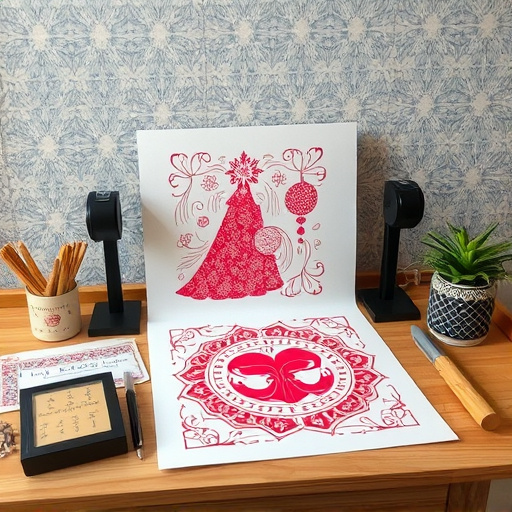
In the DTF Future Trends, fostering a Circular Economy emerges as a strategic imperative for businesses aiming to lead the charge toward sustainability. Traditional linear production models have long dominated manufacturing, but the transition to circularity offers a transformative pathway. By designing products and processes with end-of-life considerations in mind, companies can significantly reduce waste and resource depletion. One promising approach involves implementing strategies like product refurbishment, recycling, and upcycling, ensuring materials are given new life rather than ending up in landfills.
Furthermore, embracing innovative technologies such as direct to film (DTF) transfers plays a pivotal role in this transformation. Techniques like DTF printing enable the creation of personalized, on-demand products like direct to film personalized hoodies, reducing overproduction and inventory waste. This shift from bulk manufacturing to on-demand production aligns with circular economy principles, minimizing surplus materials and energy consumption. As consumers become increasingly conscious of sustainability, businesses that adopt these practices will not only meet environmental goals but also gain a competitive edge in the market.
The DTF Future Trends report highlights a compelling shift towards eco-innovation, showcasing its transformative impact on our planet’s future. By embracing global perspectives and implementing circular economy strategies, businesses can lead sustainable development efforts. As we navigate the changing landscape, these trends offer a roadmap to a greener tomorrow, where innovation and environmental stewardship go hand in hand.
